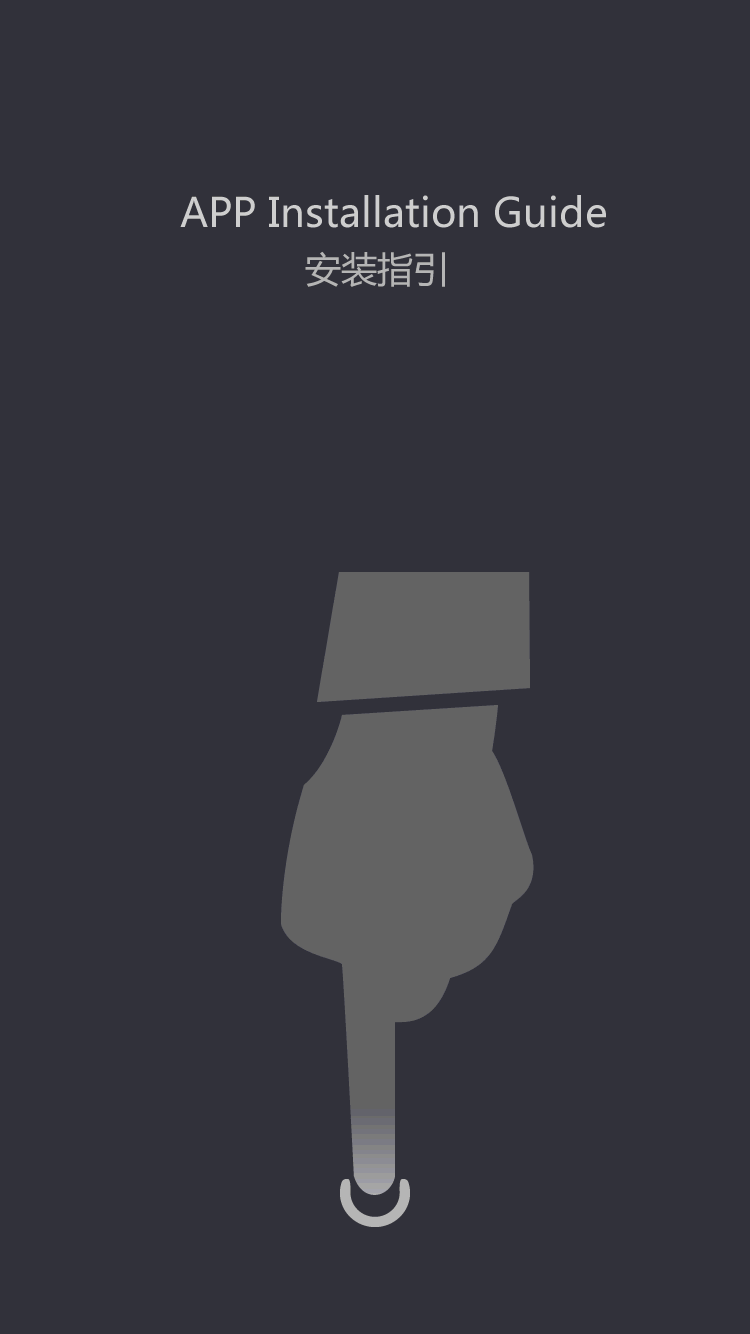how to plug in hdmi cable to tv
How to Plug in HDMI Cable to TV: Your Comprehensive Guide to Seamless Connection
Introduction
With the increasing popularity of high-definition multimedia devices and the need for seamless connectivity, knowing how to plug in an HDMI cable to your TV is essential. HDMI (High-Definition Multimedia Interface) is a widely used standard for transmitting audio and video signals between devices. Whether you're connecting your television to a gaming console, DVD player, or streaming device, mastering the art of HDMI connectivity will ensure you enjoy optimal picture and sound quality. In this comprehensive guide, we'll take you through the step-by-step process of plugging in an HDMI cable to your TV, including troubleshooting common issues along the way.
I. Understanding HDMI Cable
Before diving into the connection process, it's crucial to familiarize yourself with HDMI cables and their capabilities. Here are some essential things to know:
A. HDMI Cable Versions
HDMI cables come in various versions, with each version offering different capabilities. The most commonly used HDMI versions are 1.4, 2.0, and 2.1. When purchasing an HDMI cable, ensure it supports the version required by your devices to enjoy the fullest extent of their features.
B. Cable Length and Quality
Consider the length of the HDMI cable you need for your setup. Longer cables may result in signal degradation, leading to reduced picture and audio quality. Also, invest in high-quality cables constructed with shielding to minimize electromagnetic interference and ensure a stable connection.
C. HDMI Cable Types
There are several types of HDMI cables, including standard HDMI, HDMI with Ethernet, and High-Speed HDMI. Standard HDMI is suitable for most applications, while HDMI with Ethernet allows for internet connectivity. High-Speed HDMI is necessary for 4K resolution and high refresh rate displays.
II. Step-by-Step Guide to Connect HDMI Cable to TV
Now that you have a fundamental understanding of HDMI cables, let's explore the step-by-step process to connect them to your TV:
A. Check Your TV's HDMI Ports
Begin by identifying the HDMI ports on your television. These ports are usually labeled as HDMI1, HDMI2, etc., or may be marked with an 'HDMI' symbol. Note the number or location of the HDMI port you want to use for your device.
B. Power Off Devices
Before connecting any cables, power off all devices involved in the connection process. This ensures safety and prevents potential damage caused by accidental unplugging or power surges.
C. Plug One End of the HDMI Cable into the TV
Take one end of the HDMI cable and insert it firmly into the HDMI port on your TV. Make sure to align the shape of the HDMI connector with the port to avoid any forced insertion that could damage the port or cable.
D. Connect the Other End to Your Device
Take the other end of the HDMI cable and plug it into the HDMI output port on your device. This could be a gaming console, DVD player, streaming device, or any other HDMI-enabled device. Again, ensure a proper alignment and secure connection.
E. Turn On Devices and Select HDMI Input
Turn on your TV and your connected device. Then, using your TV's remote control, navigate to the input selection menu and choose the HDMI input to which your device is connected. This allows your TV to recognize and display the device's signal on the correct input channel.
III. Troubleshooting HDMI Connection Issues
While connecting an HDMI cable is generally straightforward, you may encounter some common issues. Here are a few troubleshooting tips to help you resolve them:
A. No Signal on TV
If your TV displays a 'No Signal' message after connecting the HDMI cable, try the following steps:
1. Ensure the HDMI cable is inserted securely into both the TV and device.
2. Confirm that the correct input source is selected on your TV.
3. Restart the connected device and TV.
4. Test the HDMI cable with an alternate device or a different HDMI port on your TV to rule out potential cable or port issues.
B. Poor Picture or Sound Quality
If you're experiencing degraded picture or sound quality, consider the following remedies:
1. Use a high-quality HDMI cable designed for your specific requirements.
2. Ensure that both the device and TV support the desired resolution and audio format.
3. Check the settings on your device to optimize picture and sound quality.
4. Try a different HDMI port on your TV to eliminate potential port-related issues.
C. HDCP (High-bandwidth Digital Content Protection) Errors
HDCP errors may occur if your devices fail to establish secure connections. To resolve this, follow these steps:
1. Power off both the TV and the connected device.
2. Disconnect the HDMI cable from both ends.
3. Power on the TV and your device.
4. Reconnect the HDMI cable using a different HDMI port and see if the HDCP error persists.
IV. Enhancing Your HDMI Experience
Once you have successfully connected your HDMI cable, there are a few additional tips to enhance your overall experience:
A. Cable Management
Consider using cable management solutions like cable clips or sleeves to keep your HDMI cables organized and neat. This prevents them from tangling or being exposed, ensuring a clean look for your home entertainment setup.
B. Upgrading to 4K HDMI
If you own a 4K television or plan to upgrade to one, make sure to use an HDMI cable that supports 4K resolution and features high-speed capabilities. This ensures you can enjoy your content in stunning detail and clarity.
C. Audio and Video Adjustments
Explore the settings on your TV and connected devices to optimize audio and video settings according to your preferences. Adjustments may include color saturation, image sharpness, audio equalizer settings, and more.
Conclusion
Mastering the process of plugging in an HDMI cable to your TV opens up a world of possibilities for enjoying high-quality audio and video content. By following the steps outlined in this comprehensive guide, you can establish seamless and reliable connections between your TV and any HDMI-enabled device. Remember to troubleshoot any potential issues you may encounter along the way, and don't forget to enhance your HDMI experience through cable management and device optimizations. With the power of HDMI connectivity, you'll never settle for anything less than an immersive multimedia experience.







 contacts:Mr. Yang
contacts:Mr. Yang phone:+86-0752-6635363
phone:+86-0752-6635363 mobile phone:+86-13590837692
mobile phone:+86-13590837692  Skype:shengshi-hk
Skype:shengshi-hk QQ:1617017824
QQ:1617017824 E-mail:
E-mail: address:Building 3, xiaopenggang No. 1 Industrial Zone, Longxi, BOLUO town, Huizhou City, Guangdong Province
address:Building 3, xiaopenggang No. 1 Industrial Zone, Longxi, BOLUO town, Huizhou City, Guangdong Province
